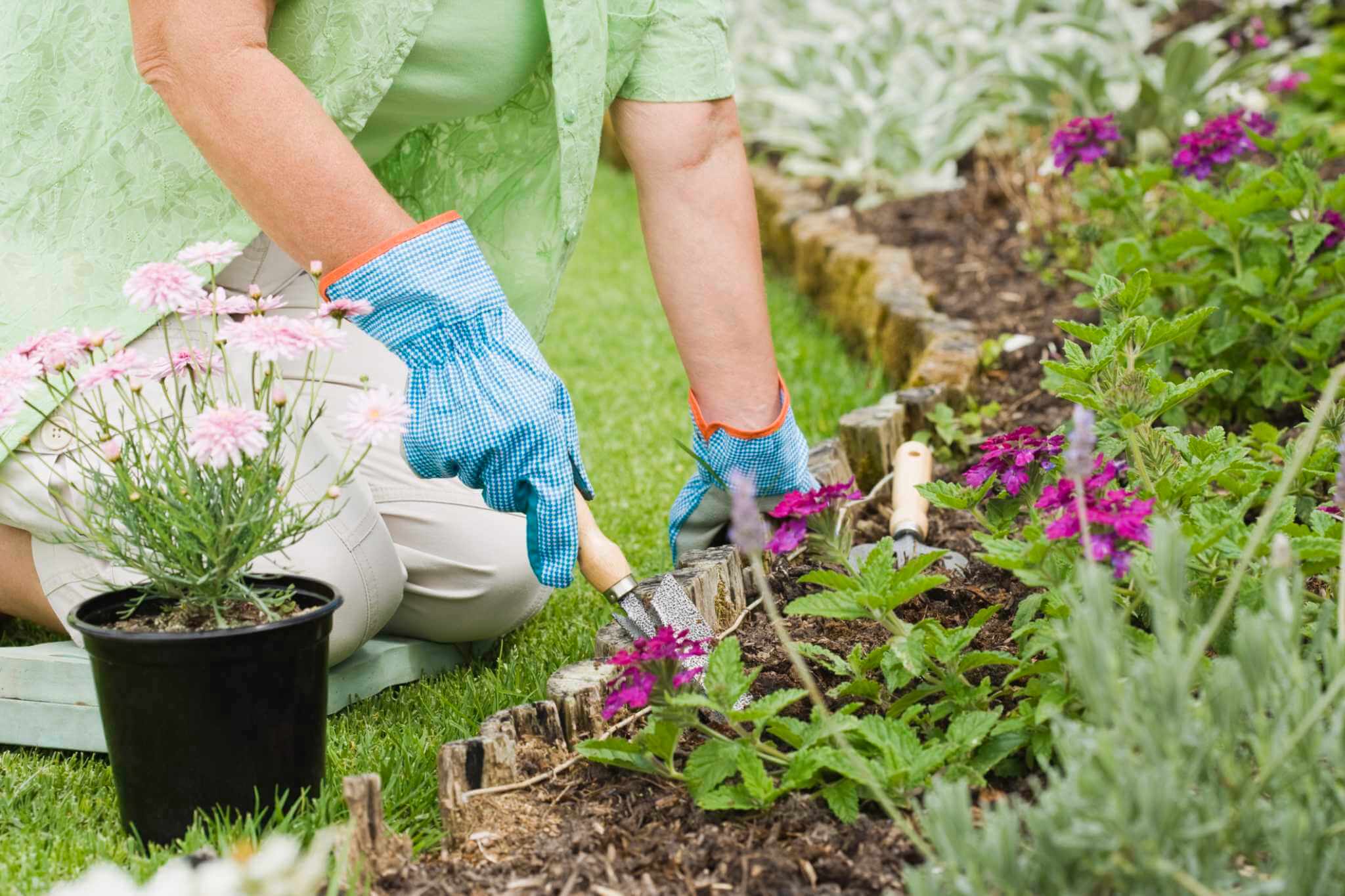
A garden is more than just a collection of plants—it’s a space that brings peace, beauty, and sustainability into our daily lives. Whether you’re a beginner or an experienced gardener, having a clear garden planting guide can help you create a thriving, healthy green space. From choosing the right plants to understanding soil, water, and care techniques, a little planning goes a long way.
In this guide, we’ll walk through essential tips to make your garden flourish, regardless of your space or experience level.
1. Start with a Clear Plan
Before you plant anything, take time to plan your garden. Think about:
Purpose: Do you want vegetables, herbs, flowers, or a mix?
Space: Is it a backyard, balcony, or windowsill?
Climate: Choose plants that suit your region and seasons.
Sketching out your layout saves time and effort later, and helps ensure your plants have the space they need to thrive.
2. Choose the Right Location
Sunlight is the lifeline of every plant. Most vegetables and flowering plants need at least 6–8 hours of sunlight daily, while leafy greens and herbs can do well with partial shade.
Also, think about accessibility. A garden that’s easy to reach encourages regular care, watering, and harvesting.
3. Prepare Healthy Soil
Good soil is the foundation of every successful garden. Healthy soil provides essential nutrients and supports strong root growth. Follow these steps:
Remove weeds and debris.
Loosen the soil to improve air circulation.
Mix in organic compost or manure to enrich it.
If you’re gardening in containers, use a high-quality potting mix with good drainage. Healthy soil = healthy plants.
4. Pick Plants Wisely
Every plant has its own growing needs. Beginners should start with easy-to-grow plants like tomatoes, lettuce, basil, or marigolds.
Tips for choosing plants:
Match plants with your climate.
Group plants with similar water and sunlight needs together.
Mix flowers and vegetables to support natural pest control and attract pollinators.
This step makes your gardening experience smoother and more rewarding.
5. Water the Right Way
Plants need water—but too much or too little can harm them. The key is balance.
Water deeply but less often, so roots grow stronger.
Use a drip system or soaker hose to save water and keep leaves dry.
For containers, check moisture regularly, as they dry out faster than garden beds.
6. Mulching for Protection
Mulch acts like a protective blanket for your garden. A layer of straw, wood chips, or dry leaves helps to:
Retain soil moisture.
Control weed growth.
Regulate soil temperature.
It’s a simple but powerful step in every garden planting guide.
7. Natural Pest Control
No one likes pests ruining their garden. Instead of harsh chemicals, use eco-friendly methods:
Plant marigolds, mint, or basil to repel insects.
Encourage helpful insects like ladybugs.
Rotate crops every season to reduce pest buildup.
Healthy plants are naturally more resistant to pests, so focus on overall care.
8. Keep Your Garden Organized
A well-arranged garden saves time and reduces stress. Use raised beds, containers, or simple labels to keep track of what you’ve planted. Grouping plants by type also makes watering and maintenance easier.
Plus, an organized garden is more enjoyable to look at and spend time in.
9. Observe and Learn
Gardening is about patience and observation. Spend a few minutes daily in your garden—check the leaves, flowers, and soil. Notice if something seems off. Maybe the soil is too dry, or a plant is getting too much sun.
By observing closely, you’ll learn to adjust watering, sunlight, or feeding schedules, making you a better gardener over time.
10. Harvest at the Right Time
One of the most rewarding parts of gardening is harvesting. Pick your fruits, herbs, and vegetables when they’re ripe for the best flavor. Regular harvesting also encourages more growth, especially for herbs and leafy greens.
Be gentle when picking to avoid damaging the plant, and enjoy the taste of your fresh, homegrown produce.
11. Celebrate the Journey
Gardening is not just about the end result but it is about enjoying the process. Every sprout, bloom, or harvest brings joy and a sense of accomplishment. Spending time in your garden reduces stress, improves mental health, and helps you connect with nature.
Even small wins, like your first tomato or a blooming flower, are worth celebrating.
Final Thoughts
Creating a thriving garden doesn’t require years of experience—just a little guidance, patience, and care. By following this garden planting guide, you can grow a space that’s not only beautiful but also rewarding and sustainable.
At Green and Prosperous, we believe gardening should be accessible to everyone. Whether you’re just starting out or looking to expand your skills, our tips and resources are here to help you nurture your plants and grow your very own thriving green space.